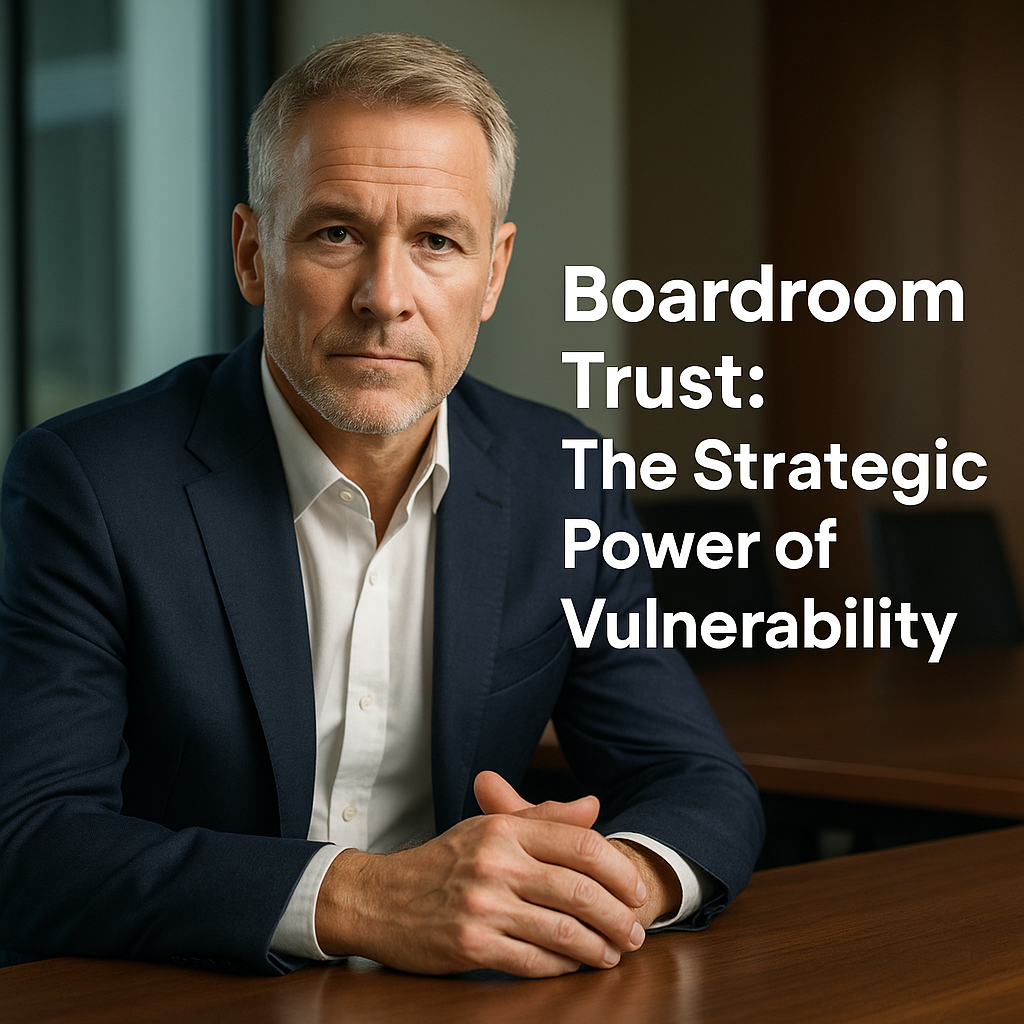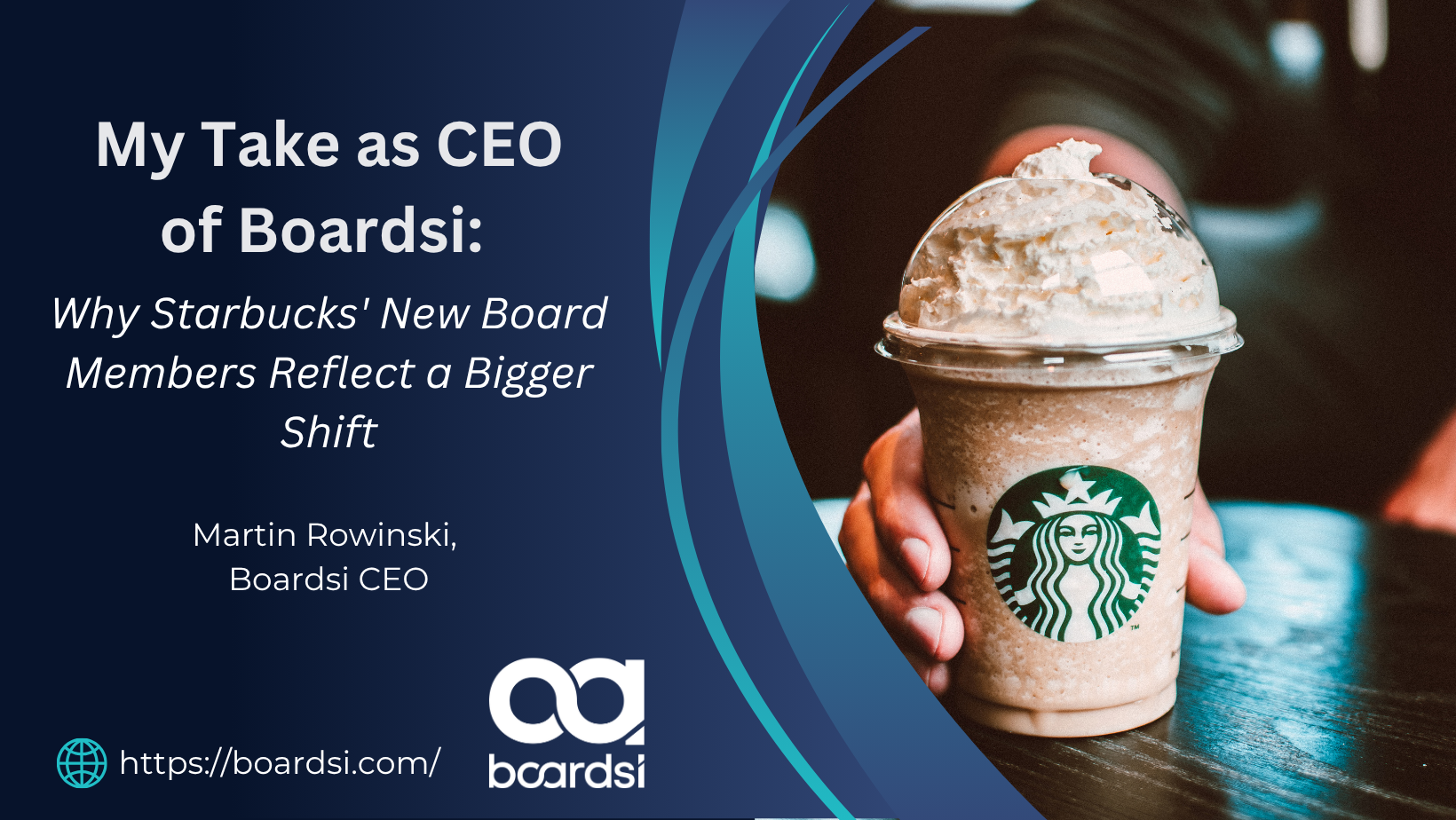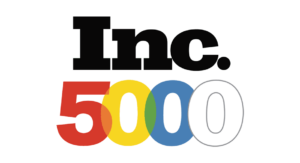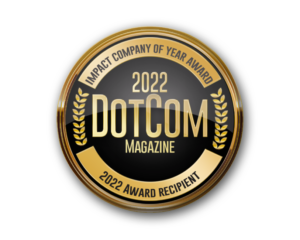Creativity is more than a luxury in today’s rapidly evolving business landscape—it’s a necessity. Companies across industries are realizing the immense value that creative thinking brings. More than merely generating out-of-the-box ideas, creativity has become the crux of solving complex problems, adapting to change, and staying ahead of the competition.
Integrating creative individuals into established structures can be challenging for many traditional businesses. There’s often a delicate balance between fostering innovation and maintaining stability. Exploring the significance of nurturing creativity in the boardroom reveals strategies for seamlessly integrating creative thinkers into conventional business models.
Understanding the Role of Creativity in Business
Creativity is a cornerstone for problem-solving, innovation, and adaptability in the contemporary business landscape. Creative thinking not only sparks novel ideas but also enables organizations to navigate complexities, anticipate market shifts, and maintain relevance amidst dynamic environments. However, traditional business models often encounter hurdles in nurturing creativity within their structures.
Rigidity, hierarchy, and risk aversion inherent in these models can stifle imaginative thinking and impede progress. To address these challenges, integrating creative thinkers into boardroom settings emerges as a strategic imperative. By incorporating diverse perspectives and unconventional approaches, companies can enhance their problem-solving capabilities and foster a culture of innovation from the top down.
This entails recognizing creative individuals’ unique value in strategic discussions and decision-making processes. It involves creating an environment that encourages experimentation, embraces failure as a stepping stone to success, and rewards out-of-the-box thinking.
Effectively integrating creative minds into the boardroom ensures that businesses remain competitive in today’s fast-paced market and positions them for sustained growth and resilience in the face of uncertainty.
Identifying Creative Thinkers
“Identifying creative thinkers within existing teams involves recognizing certain distinctive characteristics and traits,” says Martin Rowinski of the innovative executive recruiting platform Boardsi. “These may include a propensity for questioning conventional wisdom, an openness to new ideas, a willingness to take calculated risks, and a capacity for divergent thinking.”
Creative individuals often demonstrate resilience in the face of failure, exhibit curiosity about various subjects, and possess a knack for connecting seemingly unrelated concepts. Nurturing creativity within teams requires implementing strategies that encourage experimentation, autonomy, and collaboration. Providing opportunities for professional development, fostering a culture of feedback and constructive criticism, and allocating resources for creative pursuits are essential components of this endeavor.
Promoting diversity in thought and perspective within the boardroom is paramount. Organizations can tap into a rich pool of ideas and insights by assembling a diverse team of individuals with varied backgrounds, experiences, and expertise. Different perspectives challenge assumptions, stimulate innovation, and lead to more robust decision-making processes.
Recognizing and fostering creativity within existing teams not only cultivates a culture of innovation but also ensures that the boardroom is equipped with the diverse perspectives necessary to tackle complex challenges and seize emerging opportunities in today’s rapidly evolving business landscape.
Integrating Creativity into Traditional Business Models
Integrating creative thinkers into boardroom discussions and decision-making processes necessitates a strategic approach that acknowledges and accommodates their unique perspectives. Encouraging active participation from creative individuals in strategic planning sessions, brainstorming sessions, and problem-solving initiatives is vital.
Providing platforms to showcase their ideas, perspectives, and innovative solutions fosters a culture of inclusivity and empowers them to contribute meaningfully to organizational goals. Addressing potential resistance or skepticism from traditional stakeholders requires effective communication and education. Demonstrating the value that creative thinkers bring in driving innovation, fostering adaptability, and enhancing competitiveness can help alleviate concerns and garner support for integration efforts.
Emphasizing the complementary nature of creativity and established business practices underscores the importance of striking a balance between innovation and stability. While examples of successful integration efforts may vary across industries, common themes include fostering a culture of experimentation and risk-taking, providing support and resources for creative endeavors, and championing diversity in thought and perspective within leadership teams.
By showcasing real-world instances where the integration of creative thinkers has led to tangible business outcomes, organizations can inspire confidence and enthusiasm for embracing creativity within traditional business models.
Cultivating a Creative Culture in the Boardroom
Cultivating a creative culture within the boardroom requires a multifaceted approach that fosters an environment conducive to innovation and imaginative thinking. Encouraging risk-taking and experimentation is essential for nurturing creativity. Organizations can achieve this by embracing a mindset that views failure not as a setback but as a valuable learning opportunity.
Providing channels for employees to explore unconventional ideas, test new approaches, and pilot innovative projects empowers them to push boundaries and challenge the status quo. Implementing systems for recognizing and rewarding creative contributions reinforces the value placed on imaginative thinking and incentivizes individuals to actively engage in the creative process.
Whether through formal recognition programs, performance evaluations, or opportunities for career advancement, acknowledging and celebrating creativity sends a clear message that innovative thinking is integral to organizational success. Balancing creativity with practicality and business objectives is crucial for ensuring creative endeavors align with overarching strategic goals. While creativity fuels innovation, it must be tempered with pragmatism to ensure feasibility and sustainability.
Organizations can achieve this balance by setting clear objectives, establishing criteria for evaluating creative ideas, and prioritizing initiatives that offer the most value in terms of driving business growth and addressing market needs. By fostering a culture that values creativity while remaining mindful of practical considerations, businesses can leverage the power of imaginative thinking to achieve sustainable competitive advantage and drive long-term success.
Businesses must prioritize creativity in their boardroom discussions and decision-making processes. This requires a concerted effort to create environments that nurture and celebrate imaginative thinking, empower diverse voices, and embrace experimentation. By fostering a culture of creativity at every level of the organization, businesses can unlock new opportunities, solve complex challenges, and chart a course toward sustained growth and prosperity in an increasingly competitive landscape.
Source: San Francisco Post
#CreativityInBusiness #BusinessInnovation #CreativeThinking #BoardroomStrategies #IntegratingCreativity #ProblemSolving #Adaptability #Innovation #CreativeCulture #DiversePerspectives #StrategicPlanning #RiskTaking #BusinessGrowth #CompetitiveAdvantage #Leadership #BoardroomDiscussions #DecisionMaking #CultivatingCreativity #OrganizationalSuccess









